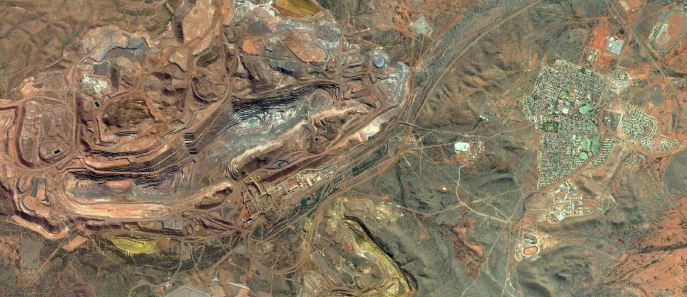Mining
Modern mining is a high-tech undertaking in decidedly hostile environments
To provide maximum benefit, wireless mining communication networks must offer broadband speeds and form a flexible and reliable foundation to securely support multiple applications on one cost-effective physical infrastructure. A single mining communication network can simultaneously support a range of applications such as:
Fleet management – continuously optimize mine operations through real-time work order assignment and vehicle guidance/positioning to maximize productivity and capital utilization. Fleet management systems require reliable, high performance, and flexible mobile networks to keep the mine running.
Live monitoring of mobile equipment telemetry – increases uptime, improves operational efficiencies and lowers costs, and safety of mission-critical heavy-duty mining equipment. This data is used for early equipment problem identification/problem avoidance, remote diagnostics, and scheduling of optimal time for routing and preventative maintenance. Common types of data collected include truck speed, tire pressure and temperature, and load.
Real-time video feeds for operations – increases situational awareness and safety, with 24 x 7 visibility into mining pit activities. Should a problem be detected operations can quickly respond while time-stamped recordings support remote correlation of alarms with actual events.
Video surveillance – enables remote monitoring of key facilities such as explosive storage locations and mixing sites. It is also used to enable perimeter security, monitoring for possible illicit activity and site entry as well as emergency situations such as fire or storm damage.
Access control – ensures that all site entry locations are monitored, and access granted only to authorized personnel for security and safety. Access control methodology varies and includes keypads; fobs; key cards; and biometrics.
Safety system monitoring – enhances the site and personnel safety. Examples of real-time monitoring applications include “man down” systems and streaming radar scans of pit walls to detect movement that could indicate a stability problem.
Mobile field communications – enables communications and access to data between workers in the minefields, staff located in operations control and processing plants, improving operational efficiencies and productivity.
Field access to drill and blast data – enables workers to quickly determine the proper amount of placement of explosives.
Mining Management Software (MMS) – remote analysis applications used in making operational decisions that improve mining productivity and profitability.
Autonomous and semi-autonomous mining applications – enable remote operations of mining equipment without human operators, keeping people out of dangerous situations as well as increasing productivity.
 |
